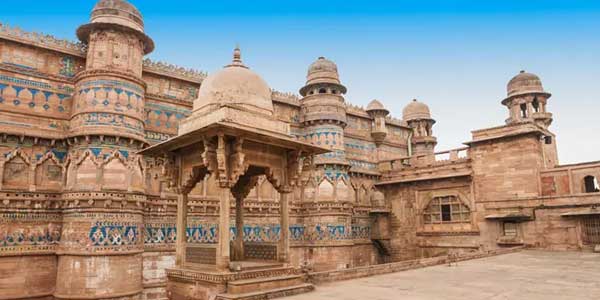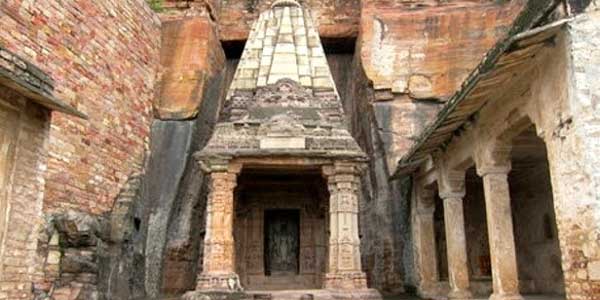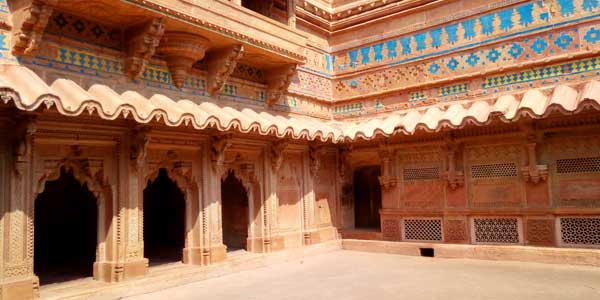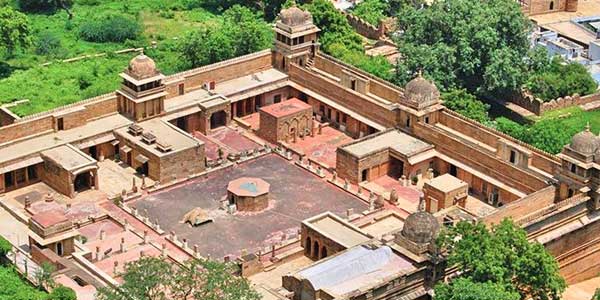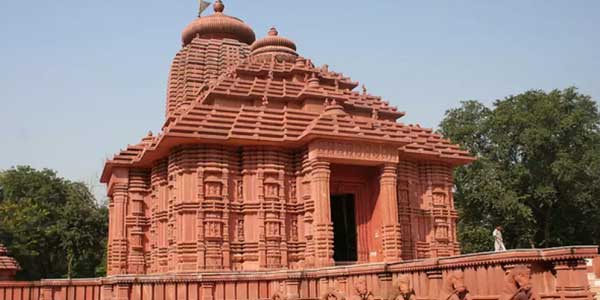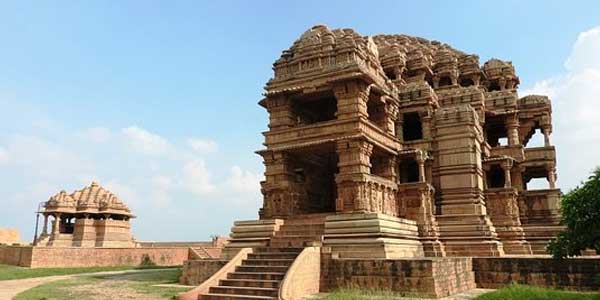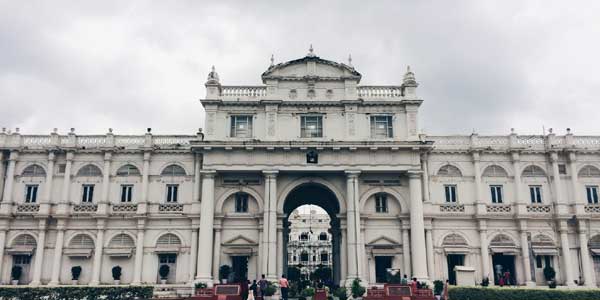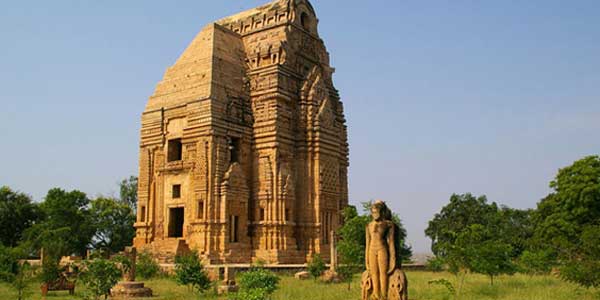
Mansingh Palace in Gwalior
Explore Man Singh Palace, built by Raja Mansingh between 1486 and 1517 inside the complex of Gwalior Fort. A splendid display of Hindu architecture, the palace has 2 open courtyards bordered by apartments on two floors. This four-storeyed palace has large rooms, wherein some were venues for musical concerts, the others were for the royal ladies to sit and enjoy the music. The blue paintings on the walls with touch of green and gold look striking. There are 2 underground or basement floors with circular cells. They were used as prisons. The palace is also surrounded by other monuments like Jehangir Mahal, Shah Jahan Mahal and the Gujari Mahal. A special sound and light show is organized every evening for the visiting tourists at the palace.
The palace was commissioned by Tomar ruler, Raja Man Singh between 1486 and 1516 and finds itself inside the complex of Gwalior Fort. A splendid Hindu architecture, the palace has 2 open courtyards bordered by apartments on two floors. This four-storeyd palace has large rooms, wherein some were venues for musical concerts, the others were for the royal ladies to sit and enjoy the music. The blue paintings on the walls with touch of green and gold look striking. The palace also has Jauhar Kund, a place where the wives of the ruler of Gwalior self-immersed themselves in fire when the ruler died in the year 1232. There are 2 underground or basement floors with circular cells. They were used as prisons. This was the prison where the Mughal emperor Aurangzeb jailed Murad, his brother and had murdered him.
A special sound and light show organized every evening for the visiting tourists at the palace. One ticket counter is placed right opposite the palace, the other counter is near the northwestern side of the fort near Karan Palace and Shah Jahan Palace.
Gwalior Monuments
Gwalior Monuments lies to the south of Agra, about 122 km. A historic town renowned for its ancient and magnificent forts and palaces, Gwalior is home to many tourist attractions worth visiting when on a tour of Madhya Pradesh to Gwalior. Gwalior's temples and museums are among the city's many tourist attractions.
Gwalior occupies an significant role in the medieval history and struggle for independence in India. The town is also renowned for being home to many of the country's respected colleges and schools. Rich in cultural heritage and architectural marvels, Gwalior was placed under the control of many dynasties of the Pratiharas, Kacchwahas and Tomars heroic Rajput clans. This city has preserved its rich cultural heritage, expressed marvelously in its palaces , temples and museums.
The Gwalior Monuments and Museums attract numerous visitors from every corner of the globe to Gwalior. Gwalior Monuments and Museums are not only buildings in stone and brick, but they are the living examples from which we can go back in time and discover India's past.
Gwalior India's Monuments in and Museums are outstanding examples of the glorious architectural heritage of the past. For decades, the remains of such buildings tended to fascinate art lovers and historians. The Monuments and Museums in Gwalior, worldwide revered for their architectural splendour, owe their execution to the imagination of great rulers of the past Those who dared to push their thoughts to the very limits of human thinking. From the pages of their history book each of these monuments narrates a distinctive tale. Gwalior museums houses a rich and varied array of ancient sculptures, artifacts, and buildings.
Built on steep sandstone ground, Gwalior Fort is the most exemplary among the Gwalior Monuments and Museums. Another famous monument inside the walls of the Fort is Gujari Mahal from the 15th century – designed as a symbol of Raja Mansingh Tomar 's love for his Gujar wife, Mrignayani. Constructed between 1486 and 1517 by Raja Mansingh, Mansingh Palace is yet another wonderful architectural splendor. The Jai Vilas Palace-current residence of the Scindia family-is also popular among the monuments and museums in Gwalior. Constructed to show a fine mix of Tuscan and Corinthian architectural styles, this palace is one of the city's main attractions.


